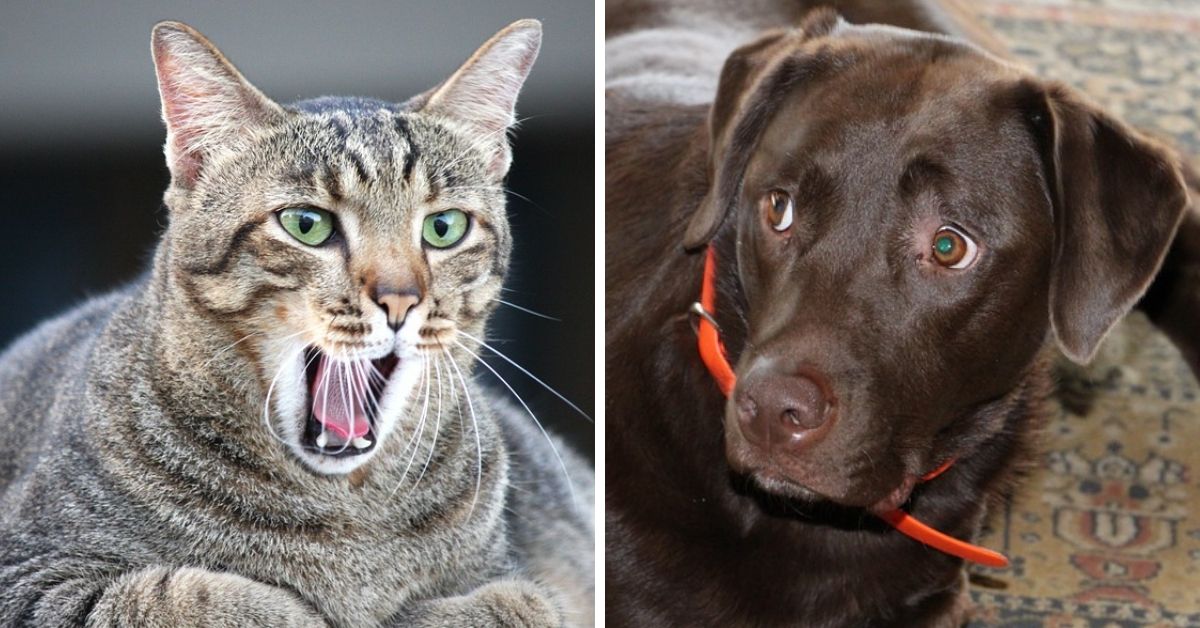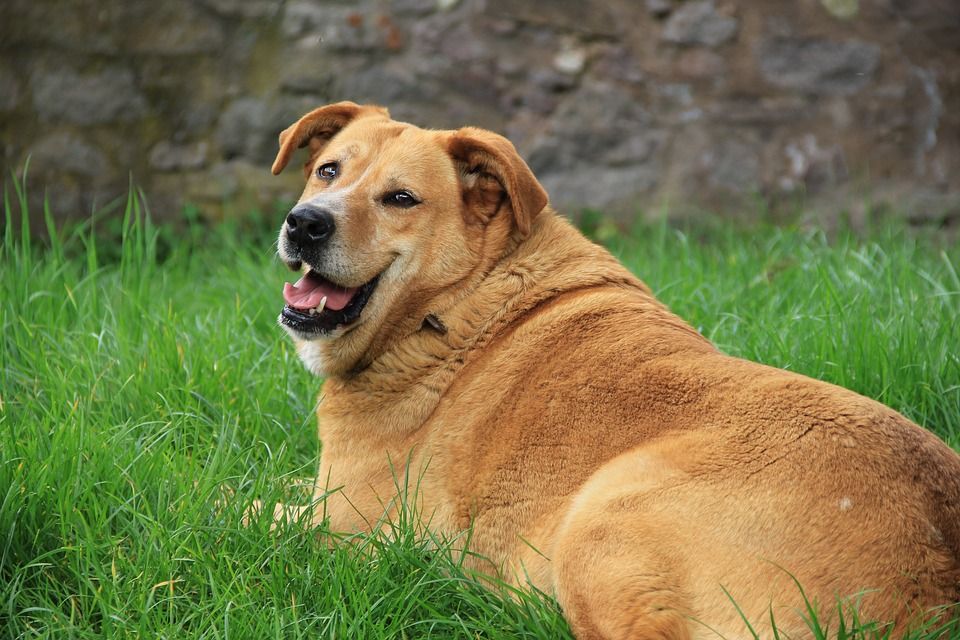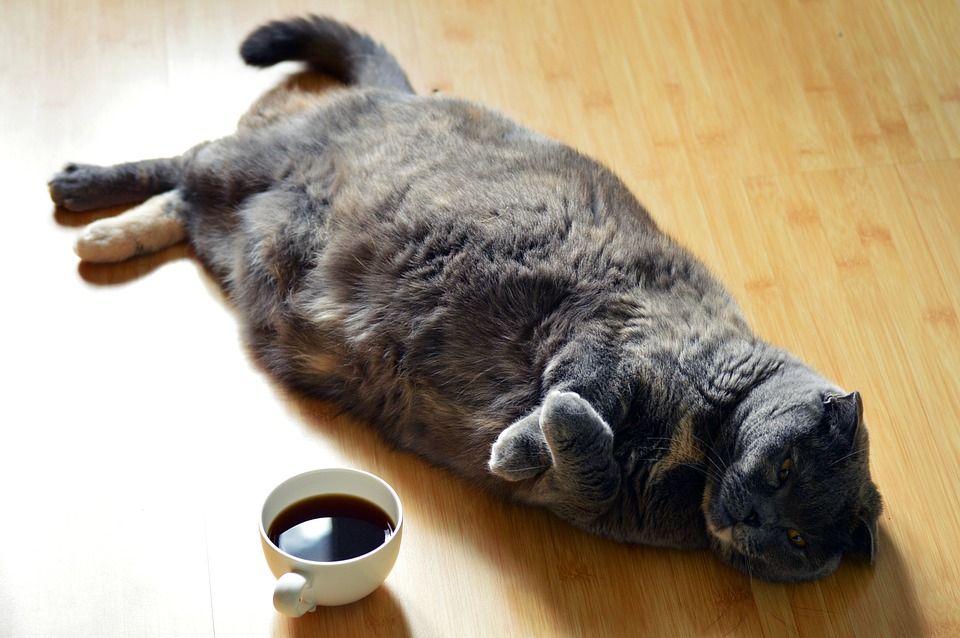Obesity is one of the leading health issues that people in America face, however it's not just the humans that have been suffering. As it turns out, our pets have been growing alongside us.
A recent report claims that over half of our pets are currently classified as obese. 60% of all cats in the country are overweight, and 56% of dogs are tipping the scales at an unhealthy level.
This study was based on 200 veterinary clinics from across the country, and the staggering results have left the Association for Pet Obesity Prevention (APOP) really concerned for America's animal population.
The part that is scaring vets and researchers the most is that the number is growing every year. APOP founder Dr. Ernie Ward said, "We're continuing to see more pets diagnosed with obesity rather than overweight."
Having an overweight or obese pet doesn't just mean that your pet is a little bit chunky, it affects their health in major ways.
"Clinical obesity results in more secondary conditions such as arthritis, high blood pressure, kidney disease, and certain forms of cancer," Ward continued. "Pets with obesity also have reduced quality of life and shorter life expectancy."
The main difference that is seen between animal obesity and human obesity is how it is perceived by others. "There's not as much stigma with animals being overweight as with people," Dr. Justin Shmalberg, chief of veterinary medicine at the University of Florida said.
While there are a lot of reasons that lead to animals getting to a point where they are obese, some vets worry that owners don't realize that their animals are too big.
Here are three simple ways the APOP suggests you evaluate your own pet's weight.
1. You should be able to feel your pet's ribs with minimal fat covering.
You obviously don't want the ribs to be completely prominent or sticking out, but you do want there to be a minimal fat layer between the ribs and the skin.
2. You should be able to see indentation in their waist from above.
Your cat or dog is supposed to have a slight dip in at their waist when seen from above.
3. You should be able to see a slight tuck towards their back legs.
From the side, you'll notice that their stomach angles up as it reaches their back legs, if their belly hangs down low, then it's clear there is too much abdominal fat present.
Having an overweight pet may not seem like a big deal, but carrying extra weight puts your pets at risk for diabetes, arthritis, high blood pressure, kidney disease, and several forms of cancer.
Source - Association for Pet Obesity Prevention / Mental Floss


